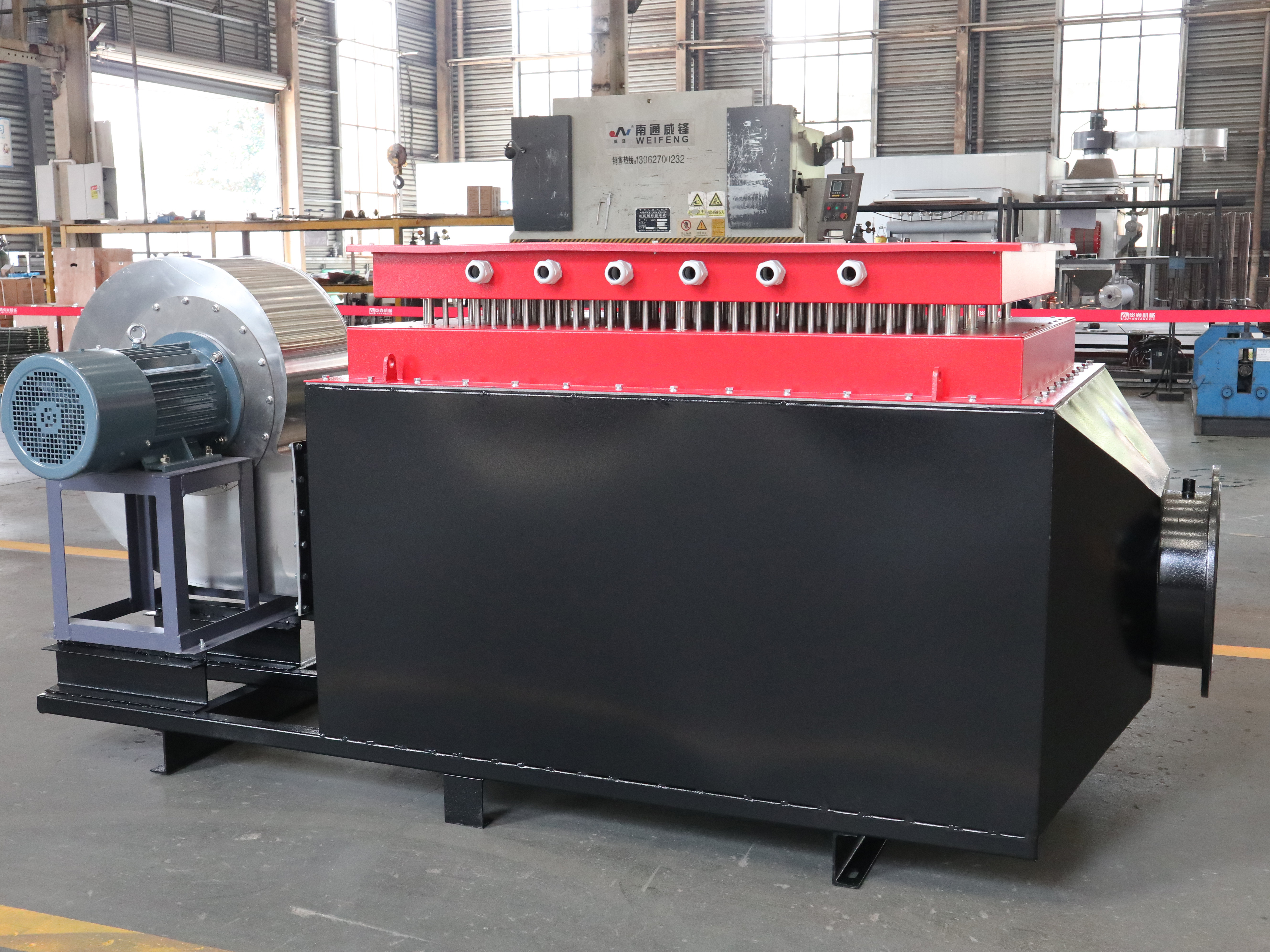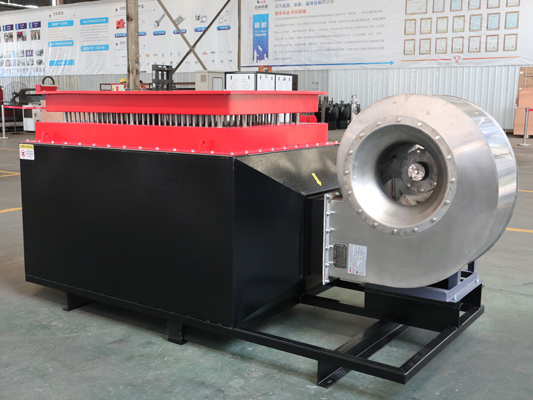Short circuit of air duct heater is a common fault, which may be caused by various reasons, including component aging and damage, improper installation and use, external environmental influences, etc. The following is a specific introduction:
1.Component related issues
Heating wire aging and damage: After long-term use of the air duct heater, the heating wire will experience aging due to thermal fatigue, resulting in a decrease in insulation performance. After the insulation layer ruptures, short circuits may occur between the heating wires or between the heating wires and the air duct shell.
Insulation material damage: The performance of insulation materials will gradually decrease in high temperature, humidity, and other environments, such as a decrease in insulation resistance. When the insulation material cannot effectively isolate the current, it will cause a short circuit. For example, if mica sheets are baked at high temperatures for a long time, they may crack, carbonize, and lose their insulation function.
Terminal failure: If the terminal is loose or oxidized due to quality issues or long-term use, it will increase the contact resistance, cause local overheating, and damage the insulation layer around the terminal, leading to a short circuit.

2.Installation and usage issues
Installation process error: When installing the air duct heater, if the distance between the heating element and the air duct wall is too small or the installation position is improper, the heating element may come into contact with the air duct wall due to thermal expansion and contraction during equipment operation, resulting in a short circuit.
Excessive load: If the circuit load connected to the air duct heater exceeds its rated capacity, it will cause excessive current through the heating element, leading to overheating of the heating wire, accelerating the aging and damage of the insulation layer, and ultimately causing a short circuit.
Frequent start stop: Frequent start and stop of the air duct heater will cause the heating element to undergo repeated thermal expansion and contraction processes, which will accelerate the aging and damage of the heating wire and insulation material, and increase the risk of short circuit.

3.External environmental factors
Dust accumulation: If there is a lot of dust in the air duct, a large amount of dust will adhere to the surface of the heater, which not only affects the heat dissipation effect, but also may form conductive channels under certain conditions (such as humid environment), leading to short circuits.
Damp environment: When the humidity in the air duct is high or water droplets enter, the moisture will reduce the insulation performance of the insulation material, making the originally insulated part conductive and causing a short circuit.
Mechanical vibration: In some vibrating equipment, the air duct heater may be affected by mechanical vibration. Long term vibration may cause loosening of heating wires, wiring terminals, and other components, leading to insulation layer wear and causing short circuits.
4.Electrical system issues
Voltage instability: When the power supply voltage is too high, it will cause the heating element of the air duct heater to withstand a voltage exceeding the rated value, resulting in excessive current, insulation layer breakdown, and short circuit; When the voltage is too low, it may cause abnormal operation of the heating element, local overheating, and damage to the insulation layer, leading to short circuits.
Grounding fault: If there is a problem with the grounding system of the air duct heater, such as poor grounding or disconnected grounding wire, when the equipment experiences leakage or other faults, the current cannot flow into the ground through the normal grounding path, and may form a circuit through other paths, resulting in a short circuit.
If you want to know more about our product, please contact us!
Post time: Apr-22-2025




